
How does austerity look in retrospect? The UK’s recent fiscal squeeze in historical perspective
With the Chancellor’s 2016 Autumn Statement formally burying the previous “austerity” target of achieving a budget surplus by 2020 and instead adopting a new, more expansionary fiscal rule, how does the recent era of fiscal austerity compare with major fiscal squeezes of the past? Christopher Hood and Rozana Himaz put the data into historical perspective and consider the implications for the future. The Recent Fiscal Squeeze and the Longer Term Pattern Since 2010, the UK has been subjected to one of the longest periods of public spending restraint over the last century. But according to our research that episode also seems to fit a long-term pattern of changes in the depth and composition of fiscal squeezes. When we look back at the historical data …
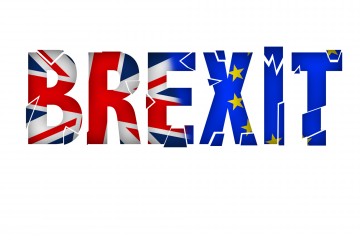
The 1975 Referendum on Europe
The United Kingdom joined the European Economic Community (as it then was) on 1 January 1973 after negotiations by the Conservative government led by Edward Heath. In the run up to the subsequent 1974 General Election the Labour Party pledged, in its manifesto, the United Kingdom’s first nationwide referendum on whether to stay part of the Economic Community on renegotiated terms or to completely part company. With a Labour victory, the new Prime Minister, Harold Wilson, followed through on his promise and a referendum was held on 5 Jun 1975. The outcome was an overwhelming victory (67%) for the ‘In’ campaign. The 1975 vote in favour of Europe did not, however, end the debate on the United Kingdom’s membership of what …

The Boundaries Review is a chance to bring back multi-member constituencies
In earlier generations voters were spoiled for choice. Between 1832 and 1885 many had more than one vote in general elections. The British parliament contained county and borough constituencies and these, depending on size, would return two to four MPs with voters able to vote for as many candidates as there were seats to be filled. A recipe for chaos, perhaps, but there were advantages to these multi-member constituencies. For instance, the Liberals could put up a left-wing radical as well as a traditional Whig, thus broadening their appeal to the electorate. [One wonders whether such an approach could appeal to the modern Labour party]. The upshot was that electors had a choice of which MP to turn to for …
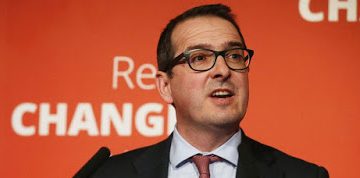
Where did the anti-Corbynites go wrong?
In just under a week, Jeremy Corbyn will almost certainly be re-elected as Leader of the Labour Party – and, if all the credible indications we have are correct, perhaps by a wider margin than the 60 per cent or so of the votes that he received last year. Yet less than a couple of months ago, his position looked worse than precarious. His first nine months in office had been marred by laughable debacle after ludicrous gaffe after embarrassing spectacle. Most of the organised, professional Labour Party at the centre were deeply unhappy with Mr Corbyn’s role in the Remain camp’s defeat in the referendum on Britain’s membership of the European Union. He had either under-performed so badly that he was not fit for his office, …
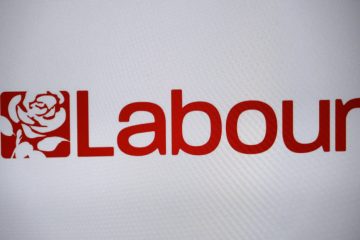
The forgotten Geordie revolt of 1977 – and its lessons for the UK today
A long time ago I was a Labour councillor who inadvertently brought down the 1974-9 Labour government. The government could only have lasted a few weeks longer in any case, so I have no regrets. The story deserves retelling, because it has important lessons for today. The Labour government elected in 1974 was the first to realise that it faced an existential threat in Scotland. The Scottish National Party (SNP) won 30 per cent of the vote, but only 15 per cent of the seats, in Scotland in October 1974. The Labour Party’s leaders had forgotten Keir Hardie and Ramsay MacDonald, who both started in politics as campaigners for Scottish home rule. After 1945, Labour became the party of the welfare state, …

Four Lessons from Brexit and its Fallout
There is no shortage of lessons to be learned from Brexit and its fallout – for politicians, businesses and the public alike. For strategists, analysts and advisors, these past few weeks have provided a host of examples of both good and bad practice. Surveying recent events, four take-aways stand out: 1) Forecast, don’t predict No one predicted this. Nor did the polls or the betting markets. Even the leaders of the Leave campaign did not predict Brexit. More than this, though, no one predicted that within weeks of a vote all of the Leave campaign’s victorious leaders would have resigned from the field and a new Prime Minister (who supported Remain, however quietly) would be installed in Downing Street. Polling …
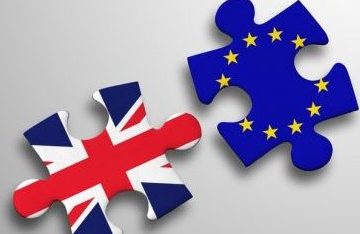
The EU Negotiation: Going for Win-win-win
The optimum way for the United Kingdom to exit the European Union is by leading a reform of the European Economic Area (EEA). Could this deliver what the Leave voters want? If it could, why would the other 27 EU members ever agree to it? I argue that it could and they may. This outcome is by no means certain and, as in any negotiation, we need a second-best alternative in reserve, but we can only achieve the optimum answer by setting out now to get it. Win-win-win Prime Minister Theresa May has been very clear about adhering to 52% of the electorate that voted for Brexit: she will lead the UK out of the EU. She has also vowed …
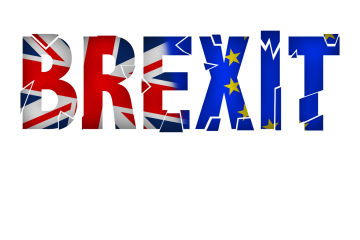
Scotland, Ireland, and Brexit: what history tells us
The BBC published maps of the Remain and Leave votes on 23 June. The Remain map tells us lots of fascinating things, but this post will focus on the Celtic fringe and the historical context for why people may have voted the way they did. Most of Wales is like most of England, with the metropolitan city (Cardiff) voting Remain and the rest of the country mostly for Leave. Note, however, that there is a little dark (pro-Remain) strip in the north and west. The patterns of settlement laid down centuries ago by the English conquest of Wales still leave their mark as that strip is both Welsh-speaking and Remain-leaning. Welsh speakers take their political cues from Plaid Cymru, which …









